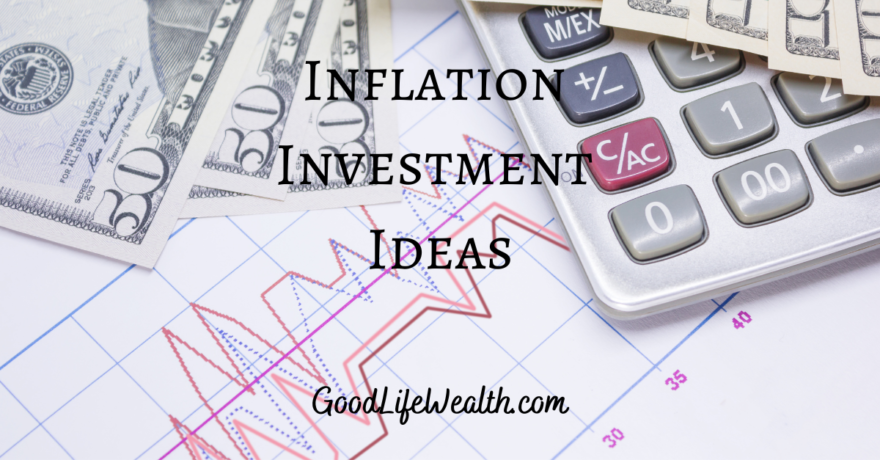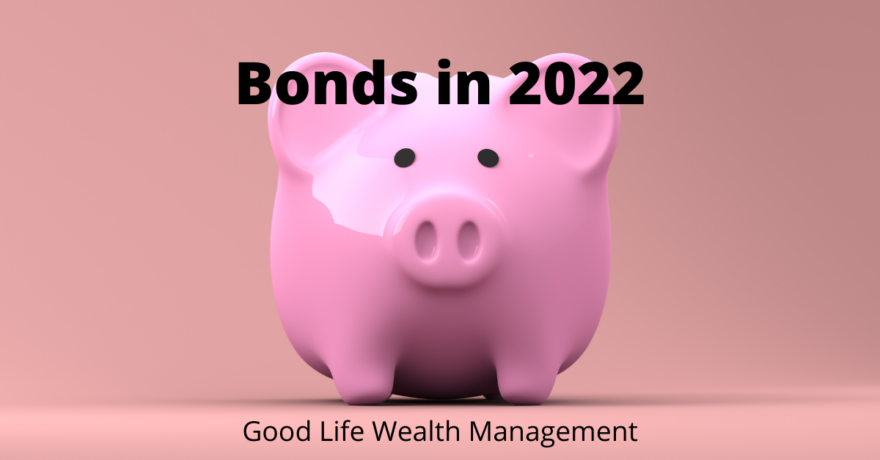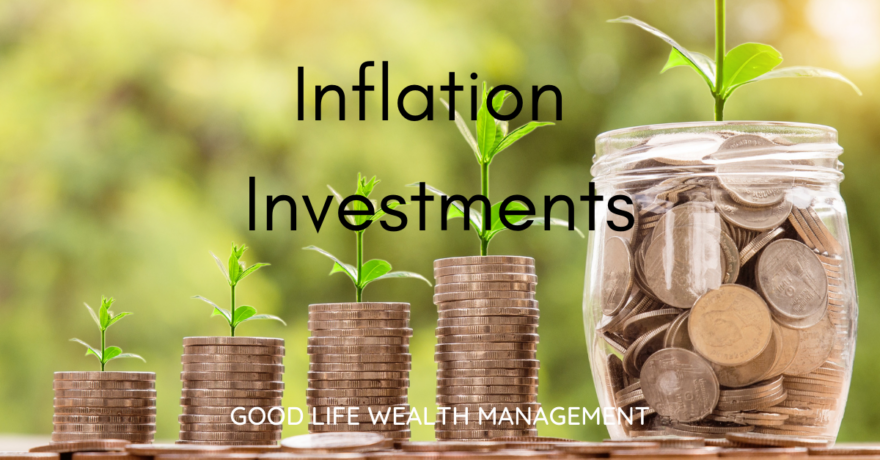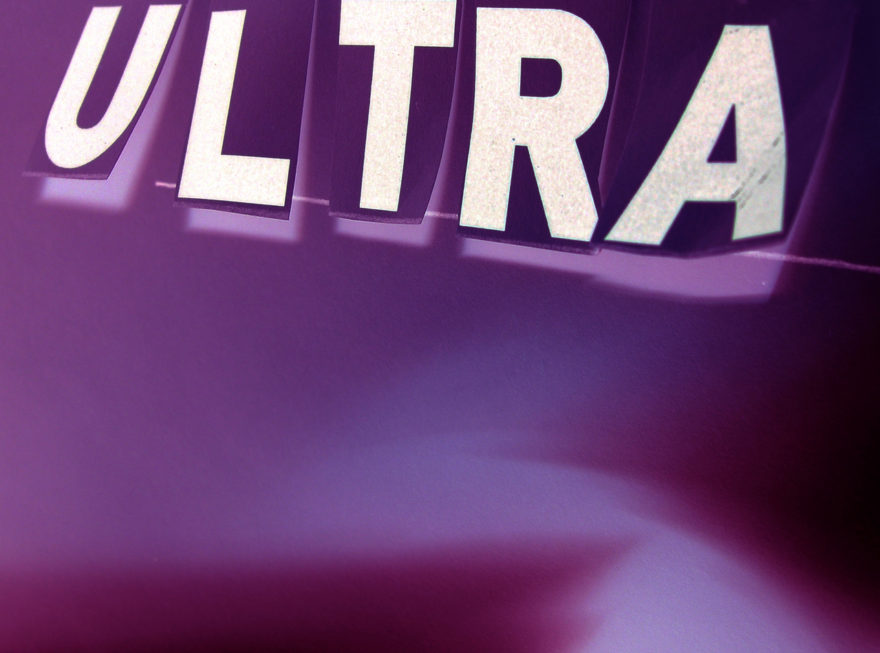Inflation continues to shock the Global economy and has become a major concern when we discuss investment ideas. This week’s data showed the Consumer Price Index up 9.1% over last year, and the Producer Price Index is up over 11%. These are numbers not seen since 1981.
Today, I’m going to share some thoughts on inflation and get into how we want to respond to this situation. But first, here is an inside look at the government response to inflation.
Federal Reserve Hitting the Brakes
Last week, I attended a breakfast meeting for the Arkansas CFA Society at the Federal Reserve office in Little Rock. Our guest speaker was James Bullard, president of the St. Louis Federal Reserve Bank and voting member of the Open Market Committee which sets interest rates.
Bullard said that we were at a profound regime switching moment today, and that this is not just a blip in inflation but a “stunning amount of inflation”. He stated that the Fed would move aggressively to reduce inflation and that they were committed to their inflation target of 2%. He thinks the Fed will continue to raise rates until policy rates are greater than the inflation rate and may need to hold those high rates for years to come to bring inflation down.
Bullard felt that the current inflation levels are not simply a temporary supply shock from the Ukraine War. Output is actually up. In March 2020, the Fed responded very quickly to support an economy crashing from COVID-19 shutdowns. 60 days later, markets recovered and housing boomed. He wishes that they had reduced their asset purchases sooner. Instead, the Fed is only now ceasing to buy bonds and is allowing their holdings to run-off as they mature. The global stimulus response was correct, but has overheated.
He was less concerned about the possibility of a recession. Bullard said that recessions are difficult to predict and that the Fed is going to focus on getting inflation under control first. Inflation remains a global problem, but the US Federal Reserve will lead the way on fighting inflation, as the European Central Bank has other issues making them slower to respond.
Inflation, Rising Rates, Recession
It’s important to understand that even if inflation remains elevated for a couple of years, the impact of inflation may only be part of the story. Our investment ideas cannot simply assume high inflation as the only factor. We have to also consider the likelihood of rising interest rates and a recession. We’d love it if the Federal Reserve can orchestrate a soft landing as they apply brakes to this runaway economy. But they have not been very good at soft landings in the past.
The Fed policies are starting to work. Since the June inflation numbers, we’ve already seen the price of oil down by 20%. Mortgage applications are down and we should start to see housing inventories normalize and home prices stop their double digit increases. Interest rates have doubled compared to last year – 5.5% versus 2.75% for a 30-year mortgage – and this will impact how much home buyers can afford to pay. The Bloomberg Commodity Index was at 130 on June 16th and is now at 113, a drop of 13% in one month.
It is hard to imagine additional inflation shocks or surprises at this point. Despite the headlines, markets already know we have inflation. Inflation remains high, but may have peaked and should be starting to come down. The question is what is next? How will the markets respond to the Fed actions? Here are five thoughts about where to go from here.
Five Inflation Investment Ideas
- Rising Rates. Bond investors beware. The Fed is going to continue to raise interest rates for an extended period. Keep your duration short on bonds. Consider floating rate bonds, if you don’t have any. Stay high quality – rising rates may cause defaults in weaker credits.
- I-Bonds. These are inflation linked US savings bonds. They’ve been in the news this year, but I’ve been writing about them since 2016. Limited to $10,000 in purchases a year. These could do great for a couple of years.
- Recession and Stocks. We might already be in a recession today, but won’t know it until later economic data shows a negative GDP for two quarters. Please resist the temptation to try to time the stock market. Recessions are a lagging indicator; stocks are a leading indicator and stocks will bounce back sooner. If you try to get out of stocks, it will be very difficult to get back in successfully. Instead, focus on diversification, with Value and Quality stocks. Avoid the high-flying growth names, we are already seeing those stocks get pummelled.
- Roth Conversions. We are in a Bear Market, with the S&P 500 Index down 20%. This could be a good time to look at Roth Conversions, if you believe as I do that stocks will come back at some point in the future. An index fund that used to be $50,000 is now trading for $40,000. Do the Roth Conversion, pay taxes on the $40,000 and then it will grow tax-free from here. This works best if you anticipate being in a similar tax bracket in retirement as today.
- Cash is Trash. Inflation is reducing your purchasing power. Thankfully, rising interest rates means we can now earn some money on Bonds and CDs. We can build laddered bond portfolios from 1-5 years with yields of 3-5%. And we have CDs at 3% as short as 13 months. Those are a lot better than earning 0% on cash. If you don’t need 100% liquidity, short-term bonds, CDs, and T-Bills are back.
Perseverance and Planning
I believe in long-term investing. Times like these will challenge investors to have the perseverance to stay the course. Rising rates and a possible recession in the months ahead may pose additional losses to our investment portfolios. If I thought we could successfully avoid the losses and step away from the market, I’d do that in a heartbeat. But all the evidence I have seen on market timing suggest it is unlikely to add any value, and would probably make things worse. We will stay invested, continue to rebalance, tax loss harvest, and carefully consider our options and best course of action.
With higher inflation, the cost of living in retirement increases, and so we have to aim for equity-like returns to make plans work. For our clients who are in retirement or close to retirement, we typically have a bucket with 5-years of expenses set aside in short-term bonds. And that bucket is still there and we won’t need to touch their equities for five years. In many cases, we have bonds which will mature in 2023, 2024, etc. in place to fund your spending or RMD needs. So, I am happy we have the bucket strategy in place, it is working as we had planned.
We have shared some inflation investment ideas, but I think the risks to investors may be greater from the Fed. Rising rates and recession are likely in the cards as they look to slow the economy. In spite of the headlines, this will undoubtedly be different than 1981, so I’m not sure we have an exact road map of what will happen. But, I will be your guide to continue to monitor, evaluate, and recommend what steps we want to take with our investments.













